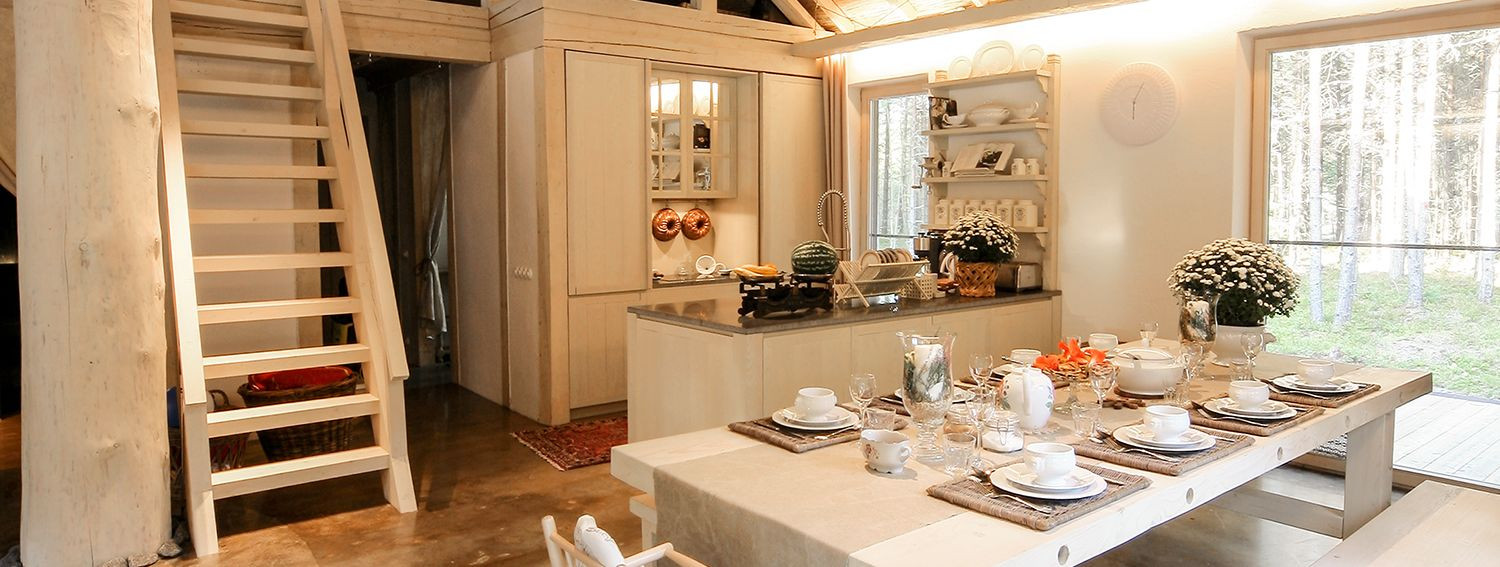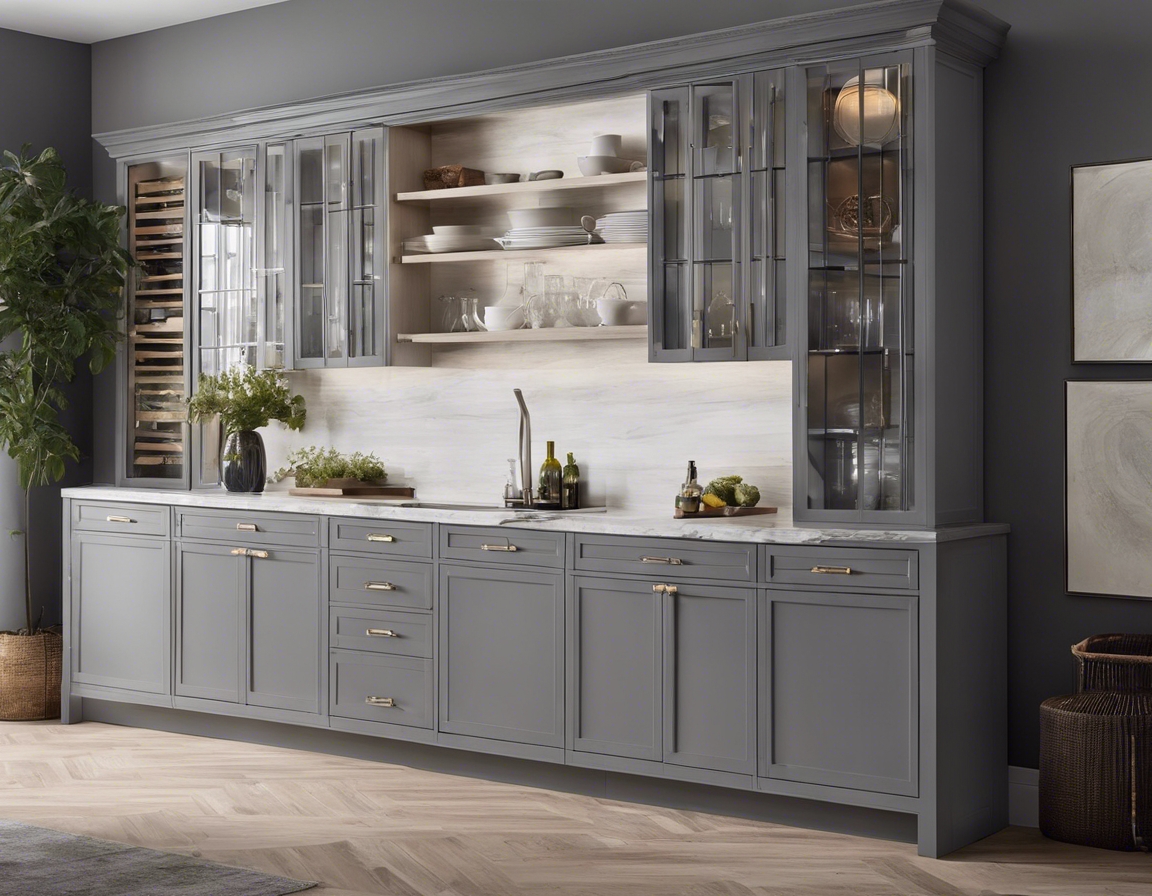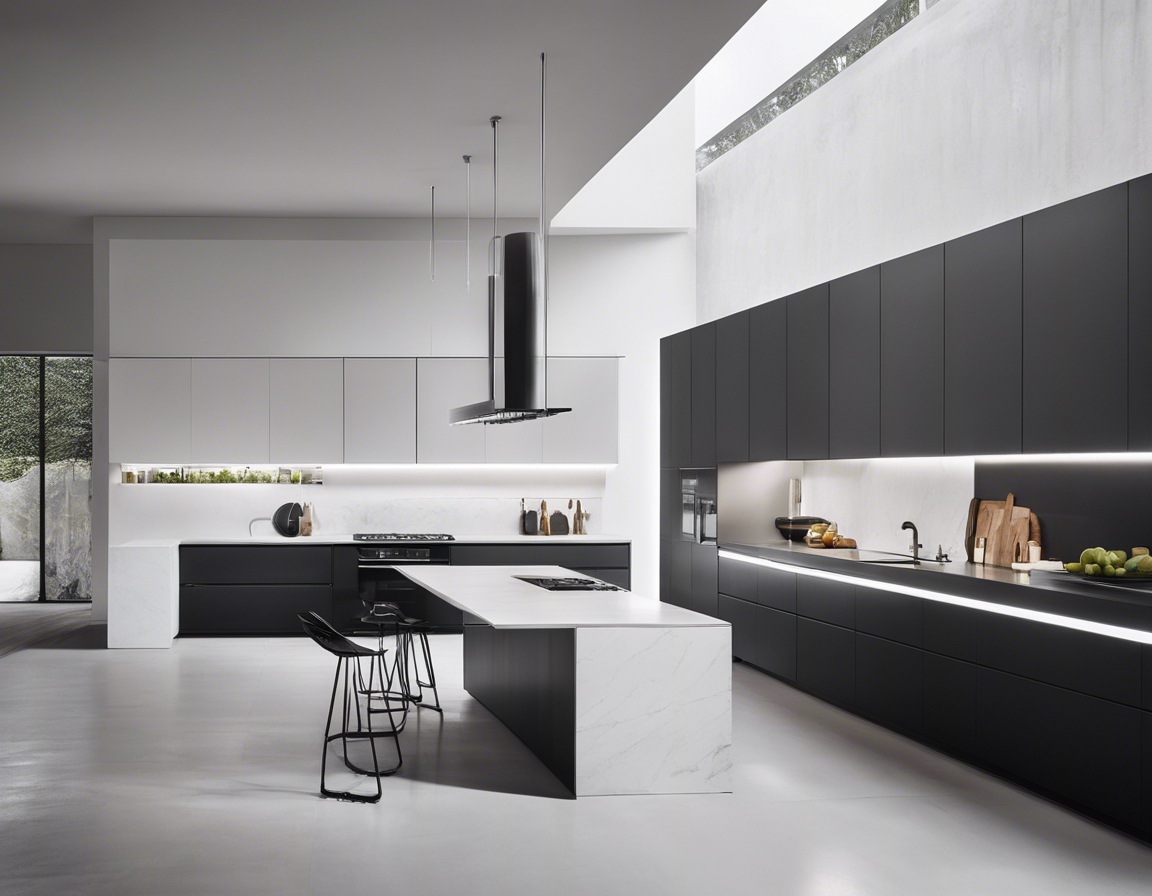The art of material selection in furniture design
Material selection is a pivotal aspect of furniture design that goes beyond mere aesthetics. It is a complex decision-making process that influences the functionality, durability, and overall success of the furniture piece. The right materials can elevate a design, imbue it with character, and ensure it serves its purpose for years to come.
For homeowners and businesses seeking high-end, custom furniture solutions, the choice of material is a reflection of their personal style or brand identity. It is essential to understand the unique needs and preferences of this discerning audience, who value quality craftsmanship and seek furniture that harmoniously blends form and function.
Key Factors in Material Selection
When selecting materials for furniture, it is crucial to consider the intended use and the environment in which the piece will reside. Materials should be chosen not only for their beauty but also for their ability to withstand daily wear and tear, and their maintenance requirements.
The visual impact of materials cannot be understated. The texture, color, and finish of materials contribute significantly to the overall design and can make a statement or blend seamlessly into the space.
In an era where sustainability is increasingly important, the choice of eco-friendly materials is a consideration that can enhance the appeal of furniture to environmentally conscious consumers.
While the desire for high-quality materials is paramount, practical considerations such as cost and budget constraints must also be taken into account. Balancing quality with affordability is a key challenge in material selection.
Types of Materials Used in High-End Furniture
Wood is a staple in furniture design, revered for its natural beauty and versatility. From solid hardwoods to engineered veneers, wood offers a range of options for designers.
Metal, whether it be wrought iron, aluminum, or stainless steel, provides strength and a contemporary edge to furniture pieces.
Glass is often used to add a touch of elegance and to create the illusion of more space. It can be found in tabletops, shelves, and decorative elements.
Leather is synonymous with luxury and is often chosen for its comfort and the patina it develops over time.
Textiles bring warmth and texture to furniture, offering endless possibilities in terms of patterns, colors, and textures.
Composite materials, such as carbon fiber and engineered plastics, are at the forefront of innovative furniture design, offering new possibilities in terms of form and function.
Material Trends in Contemporary Furniture Design
The furniture industry is constantly evolving, with new materials and technologies emerging that offer improved performance and aesthetic possibilities.
Today's designers are blending traditional materials with modern ones to create furniture that is both timeless and cutting-edge.
The trend towards customization and personalization in furniture design allows consumers to select materials that truly reflect their individual style and needs.
The Role of Material in Brand Identity and Storytelling
Materials have the power to tell a story, to evoke a sense of place and history, and to convey the values of the brand.
For businesses, the materials chosen for their furniture can reflect their brand identity and ethos, making material selection a strategic decision.






Comments (0)